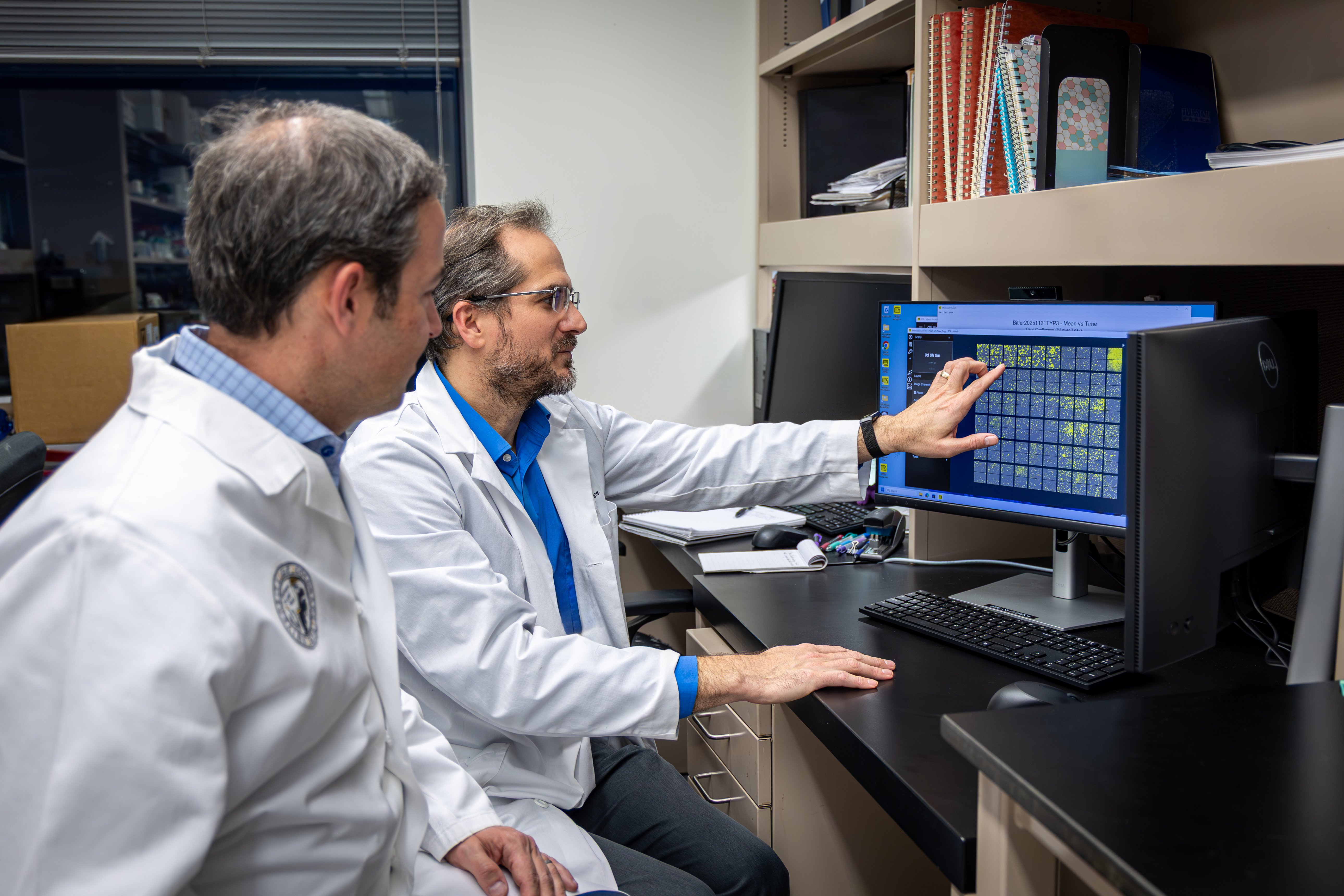Adolescents and young adults who use continuous glucose monitoring (CGM) devices to track their type 1 diabetes can improve blood sugar control by reducing high and low glucose levels, according to researchers from the Barbara Davis Center for Diabetes at the University of Colorado Anschutz Medical Campus.
The results of the six month, multi-center clinical trial were published today in the Journal of the American Medical Association (JAMA).
“Adolescents and young adults have significant challenges to achieving optimal glucose control, and in fact have the highest average A1C levels across all age groups,” said study co-author Laurel H. Messer, PhD, RN, assistant professor at the University of Colorado School of Medicine who helped head up the trial at the Barbara Davis Center. “Any strategies that bring glucose levels into target range will help prevent long-term health complications for these individuals.”
Those complications can include kidney disease, cardiovascular disease and blindness later in life.
Currently, less than one in five adolescents and young adults with type 1 diabetes achieve the recommended 2019 A1C goal of below 7.5%. The overwhelming majority fail to achieve the 2020 target of less than 7%. A1C tests reflect average blood sugar levels for the past two to three months.
Study compares CGM use to standard method
So researchers set out to determine if using CGMs could improve overall glucose control among this group. The devices continuously measure glucose levels every five minutes to show how the levels are changing. These fluctuations are shown on specific devices or a smartphone app. CGMs also include alarms to alert the user to high or low blood glucose or rapidly changing levels.
The study was a randomized, controlled trial involving 153 males and females between ages 14 and 25 at 14 sites, including the Barbara Davis Center. The lead investigator was Lori Laffel, MD, MPH, chief of the Pediatric, Adolescent and Young Adult Section at the Joslin Diabetes Center in Boston.
Participants had A1C levels between 7.5% and 11% at the start of the trial. Half were assigned to a group using CGM devices and the other half to a control group using the standard finger-stick method with test strips for blood glucose monitoring for six months.
The study found that the average A1C in the CGM group fell 0.4%, from 8.9% at the time the trial began to 8.5% at six months. Those in the control group saw their average A1C remained unchanged at 8.9% over the six-month study period. This substantial and significant improvement in glycemic control is one of very few interventions that have demonstrated a positive impact in this challenging age group.
Researchers also found:
- Nearly twice as many people in the CGM group, compared to those in the standard test strip group, had a reduction in A1C of 0.5% or more at six months (44% versus 25%).
- CGM users were four times more likely than non-users to lower their A1C by one point or more (25% versus 6%).
- Very high or very low blood glucose episodes can be dangerous, especially overnight when people are generally not monitoring their glucose levels. Regular CGM use increased the amount of time in target range (glucose levels of 70 mg/dL to 180 mg/dL) by almost two hours throughout the day.
“This study provides importance evidence documenting the benefits of continuous glucose monitoring for adolescents and young adults with type 1 diabetes,” said study co-author R. Paul Wadwa, MD, associate professor of pediatrics and medical director of the Pediatric Clinic at the Barbara Davis Center. “Many in this age group have challenges with blood sugar control. The findings from this study show that CGM technology can be very helpful for them.”
Researchers also discovered that two-thirds of study participants were still using the CGM devices almost every day at six months, which may be a result of better technology. Prior studies showed only about 30% of these patients continued to use the devices regularly at six months.
Technology reduces finger-sticks, can boost control
Messer and Wadwa noted that CGM technology has come a long way from the early days when it was more cumbersome and less user-friendly. Now, they say, most CGM devices are easier to use that traditional finger-stick glucose tests.
“With this new technology persons with diabetes can dramatically reduce the number of finger sticks they do,” Messer said. “And the technology is getting better by the day.”
Wadwa said the study shows that these improved CGMs will help young patients who are struggling most with controlling their diabetes.
“If we can help them form healthy monitoring habits early, then maybe we can help head-off some of the most serious complications of type 1 diabetes later in life,” he said.
The Leona M. and Harry B. Helmsley Charitable Trust funded the study. CGM devices were provided by Dexcom, Inc. at no cost.



